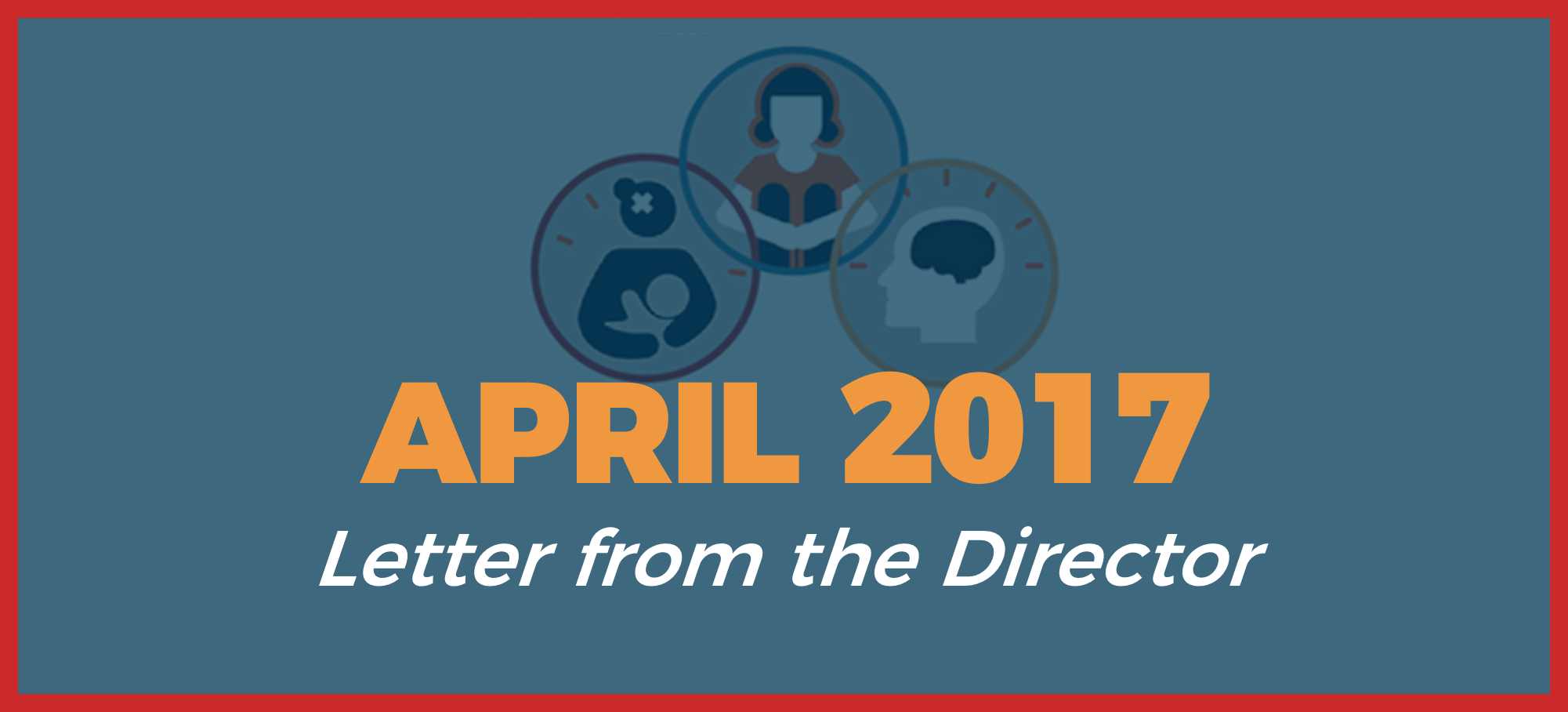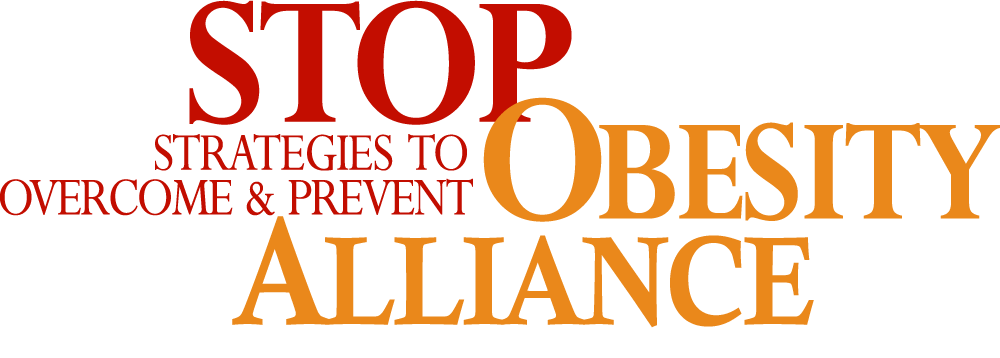In 1985, Dr. Vincent Felitti was frustrated by the 50% dropout rate of patients with severe obesity from his San Diego-based clinic. Upon review, Felitti was shocked to find that most dropouts were losing weight when they left the program. Follow-up interviews with these patients revealed that the majority (55%) had experienced some form of childhood sexual abuse. Many women indicated that they believed their physical size helped to ward off sexual advances from men. For these women, excess weight was protective.
The association between adverse childhood experiences (ACEs)—abuse, neglect, and household dysfunction during early development—and diminished health in adulthood including severe obesity has garnered substantial attention in recent decades. Through 25 years of follow-up study, we have learned that ACEs are common and costly. Since the original description, the definition of ACEs has broadened to include family dysfunction, such as divorce, maternal depression, or incarceration, and other exposures such as homelessness and poverty. Nearly two-thirds of the 17,000 middle-class adults in the original study reported one or more ACEs. The likelihood of the adverse consequences of ACEs rises with the number of exposures; almost 25% of American adults have been exposed to 3 or more ACEs. Socioeconomic disadvantage amplifies the negative health impacts of ACE exposures.
As observed in Felitti’s clinic, longitudinal studies suggest that self-reported physical and sexual abuse during childhood greatly increase one’s risk for severe obesity in adulthood. One analysis using data from the National Longitudinal Study of Adolescent Health found more than double the risk for abused females and more than triple for abused males, compared to individuals with no history of abuse. Another study found that 69% of patients undergoing bariatric surgery reported some form of childhood abuse or neglect. While there is limited consensus regarding the specific physiological and behavioral mechanisms that link traumatic exposures with obesity onset, we know that ACEs can overload allostatic systems (toxic stress) and induce long-term changes in the endocrine, immune, and nervous systems (biological embedding). If they are not addressed, ACEs may manifest as significant psychological impediments to weight loss.
One of the important gaps that exists with understanding the relationship of ACEs to severe obesity is the impact that these exposures may have on weight loss and weight loss maintenance. For example, will weight loss efforts be more successful if ACEs are addressed before or as part of the effort to lose weight? Are patients who have had bariatric surgery more likely to relapse if ACEs have not been identified and addressed? Is maintenance of weight loss less likely if exposure to ACEs has not been resolved? How often do providers who treat severe obesity incorporate questions about ACEs as part of their intake assessments?
Reducing early-life toxic stress should be viewed as the first step in adult disease prevention. Integration of trauma-informed services that buffer against adverse life experiences and foster resilient communities can enhance existing obesity treatment and prevention efforts. Cross-sectional studies indicate that primary-care patients are generally comfortable discussing traumatic exposures and do not oppose the inclusion of trauma-related information in their medical records. Although U.S. healthcare providers have been slow to incorporate ACE screenings into non-emergency care, policymaker support for coverage of trauma-related care could hasten the adoption of routine assessment. A recent analysis conducted by the National Conference of State Legislatures found that nearly 40 bills mentioning ACEs have been introduced across 18 states in 2017—a sharp uptick from the mere handful seen in 2016.
The recognition of ACEs has become a high priority among pediatricians and public health practitioners. Effective strategies to identify and come to terms with ACEs may provide the next significant advance in the treatment of severe obesity. Building resilience in early childhood to overcome the exposure to ACEs may be the next effective step to the prevention of severe obesity.
ACEs and Obesity
May 1, 2017


